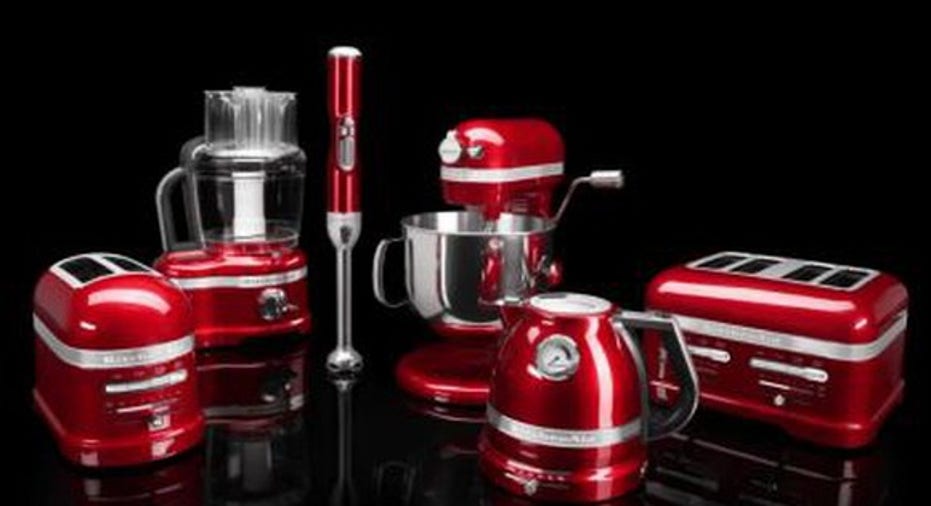Here's Why Whirlpool Corporation Was Sent Through the Spin Cycle

Image source: Whirlpool.
What happened
Shares of Whirlpool (NYSE: WHR), the largest appliance manufacturer in the world, were sent into a spin cycle on Thursday following the release of its fourth-quarter and full-year earnings results before the opening bell. Shares of the appliance maker wound up dipping by as much as 10%, and as you might have rightly surmised by the reaction, Wall Street was none too pleased with its results.
So what
For the fourth quarter, Whirlpool wound up generating $5.66 billion in sales, a 1.7% increase from the prior-year quarter, and roughly $60 million higher than what Wall Street had been forecasting. On the other hand, Whirlpool reported an adjusted profit of $4.33 per share, which wound up falling short of the consensus by $0.07 per share.
What went wrong? It wasn't the company's North American product line, which saw 8% growth in Q4 2016 from Q4 2015, when currency fluctuations are excluded. Furthermore, the company is anticipating that shipments could grow by a healthy 5% at the midpoint in North America in 2017.
The primary culprit was Brexit uncertainty and weakness in the British pound. Fourth-quarter net sales in its Europe, Middle East, and Africa (EMEA) segment fell by 8%, excluding the impact of currency fluctuations. Consistent with the company's previous guidance, margins were negatively impacted by $40 million as a result of a weaker British pound and Brexit uncertainty. Although Whirlpool is anticipating growth in its EMEA segment in 2017, it will be in just the 1% to 2% range and won't pick up until the second half of the year.
Looking ahead, Whirlpool forecast fiscal 2017 guidance that was in line with what Wall Street was expecting. The company anticipates reporting between $15.25 and $16.25 in adjusted earnings per share (EPS) versus the expectation of $15.94 from Wall Street. Whirlpool also anticipates generating $1.7 billion to $1.75 billion in cash from operations, as well as $1 billion in free cash flow.
Image source: Getty Images.
Now what
While this may not have been the result that investors were looking for, Whirlpool also offered a key bit of insight that should calm the nerves of long-term investors. As stated in the press release by CEO Jeff Fettig:
Long story short, Whirlpool's growth strategy isn't impacted by Britain's move to leave the EU, or by the sudden devaluation of Britain's currency. This means Whirlpool can continue to focus on higher growth opportunities, such as Asia, the Middle East, and Africa, as well as stick to its innovative roots in North America to drive sales.
Additionally, Whirlpool's exceptional cash-flow generation gives it the flexibility to sprinkle in acquisitions and a very healthy shareholder yield. After today's tumble, Whirlpool is, once again, an attractive stock for value investors to consider.
10 stocks we like better than Whirlpool When investing geniuses David and Tom Gardner have a stock tip, it can pay to listen. After all, the newsletter they have run for over a decade, Motley Fool Stock Advisor, has tripled the market.*
David and Tom just revealed what they believe are the 10 best stocks for investors to buy right now... and Whirlpool wasn't one of them! That's right -- they think these 10 stocks are even better buys.
Click here to learn about these picks!
*Stock Advisor returns as of January 4, 2017
Sean Williams has no position in any stocks mentioned. The Motley Fool has no position in any of the stocks mentioned. The Motley Fool has a disclosure policy.